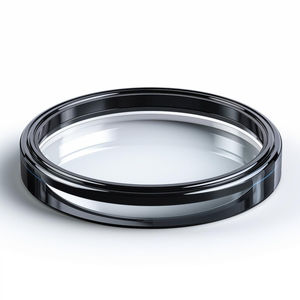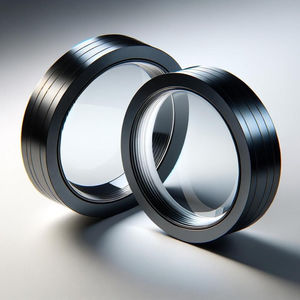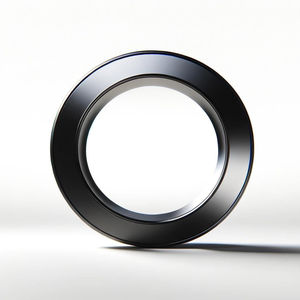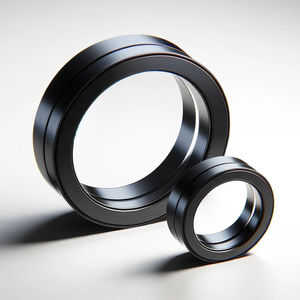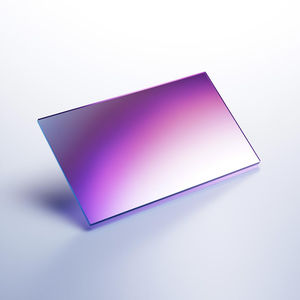
- Metrology - Laboratory
- Optical Component
- Polarizing beam splitter
- Alien Photonics

- Products
- Catalogs
- News & Trends
- Exhibitions
Polarizing beamsplitter cubic
Add to favorites
Compare this product
Characteristics
- Options
- polarizing, cubic
Description
BBPBS cubes split broad range of lineary polarized light into its S and P components. Custom wavelength ranges, sizes, glued or opticaly contacted, other characteristics available upon request.
What is Broadband Polarizing Beamsplitter (PBS) Cube?
BBPBS cubes split linearly polarized or unpolarized light into its components (S-pol. is reflected perpendicularly and P-pol is transmitted with the same direction as incoming beam). These beamsplitters main diference and advantage over sandard PBS cubes and high energy PBS cubes is the broad range of wavelengths.
How BBPBS cubes are manufactured?
Broadband polarizing beam splitter (PBS) cubes are produced in very similar way to Non-polarizing beamsplitter cubes and is almost the same as standard PBS or High Energy PBS cubes, including polishing and inspecting the prisms. The main difference is in the coating. On one of the right-angle prisms broadband polarizing coating is deposited allowing wide range of wavelengths to be polarized when passing through. Also, enter-exit (input-output) surfaces are coated with broad band anti-reflective (AR) coating further improving the efficiency. After that prisms are cemented or optically bonded forming high performance broad band polarizing beamsplitter cube.
Alternatives to BBPBS cubes
Broadband PBS cubes can be interchanged with broadband 45-degree TFP polarizer and with some adjustments with broadband Brewster TFP. When comparing to Standard and High Energy PBS cubes, Alien Photonics BBPBS cubes can cover broad wavelength rage. However, typically BBPBS cubes have lower Laser Induced Damage Threshold (LIDT) characteristic.
Related Searches
- Glass lens element
- Optical prism
- Spectrum lens element
- Optical window
- Optical lens element
- Glass optical prism
- Visible lens element
- Round mirror
- BK7 lens element
- Convex array lens element
- Laser lens element
- Crystal lens element
- Silica lens element
- Spherical lens element
- Round optical window
- UV lens element
- Fused silica lens element
- Laser mirror
- Plano-convex lens element
- Cylindrical lens element
*Prices are pre-tax. They exclude delivery charges and customs duties and do not include additional charges for installation or activation options. Prices are indicative only and may vary by country, with changes to the cost of raw materials and exchange rates.


